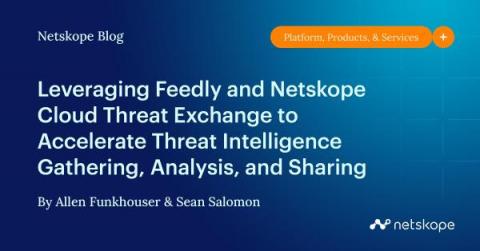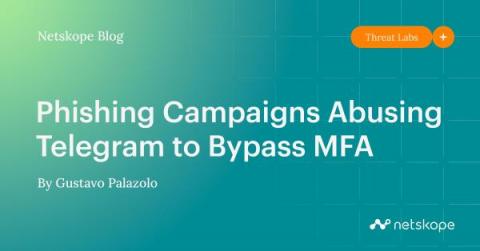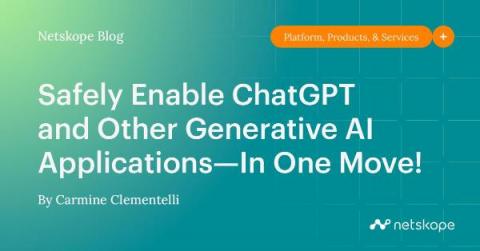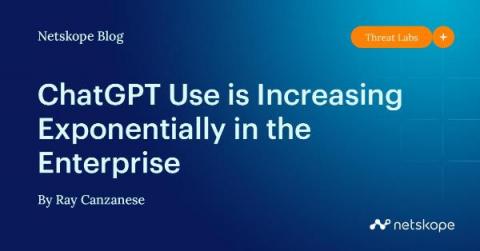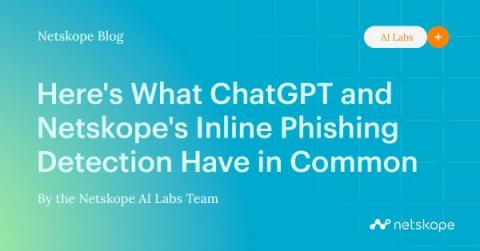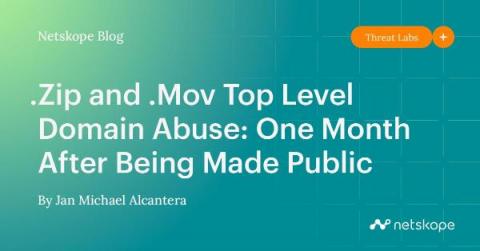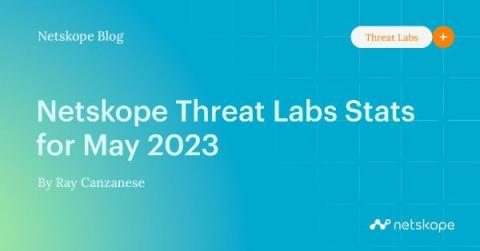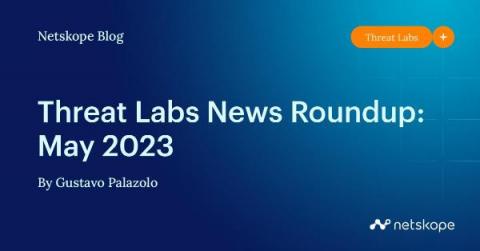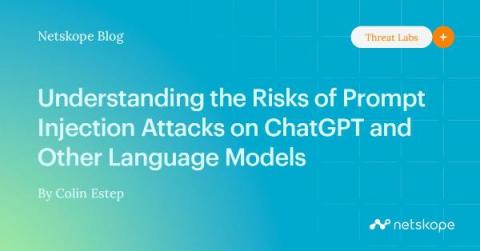Leveraging Feedly and Netskope Cloud Threat Exchange to Accelerate Threat Intelligence Gathering, Analysis, and Sharing
Cyber threat intelligence is a foundational piece of any organization’s security program, providing defenders with awareness of activities occurring in the threat landscape. Accounting for all threats an organization may face is a daunting and nearly impossible task. Some organizations may take the step to stay informed by following industry leaders or a news service.


